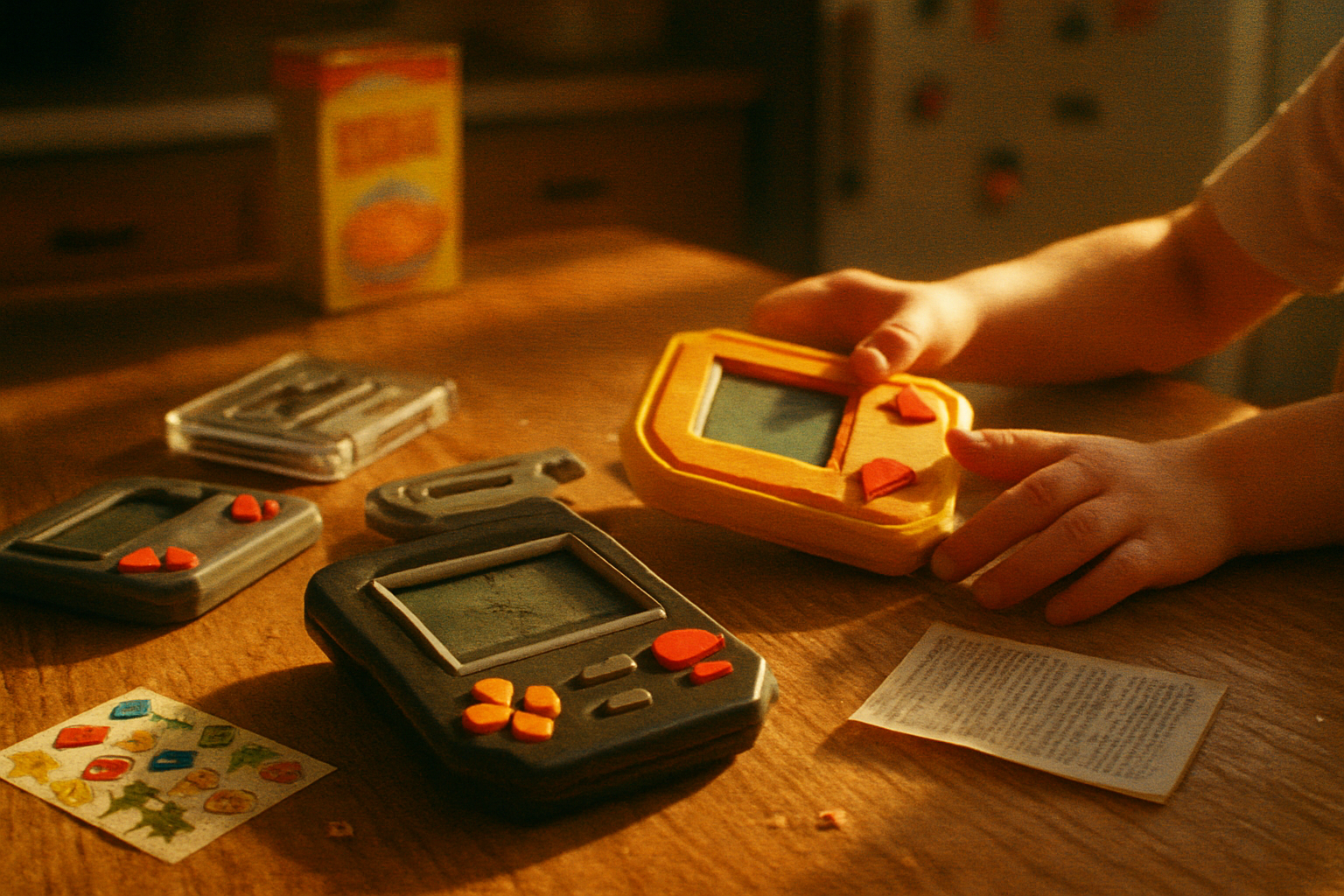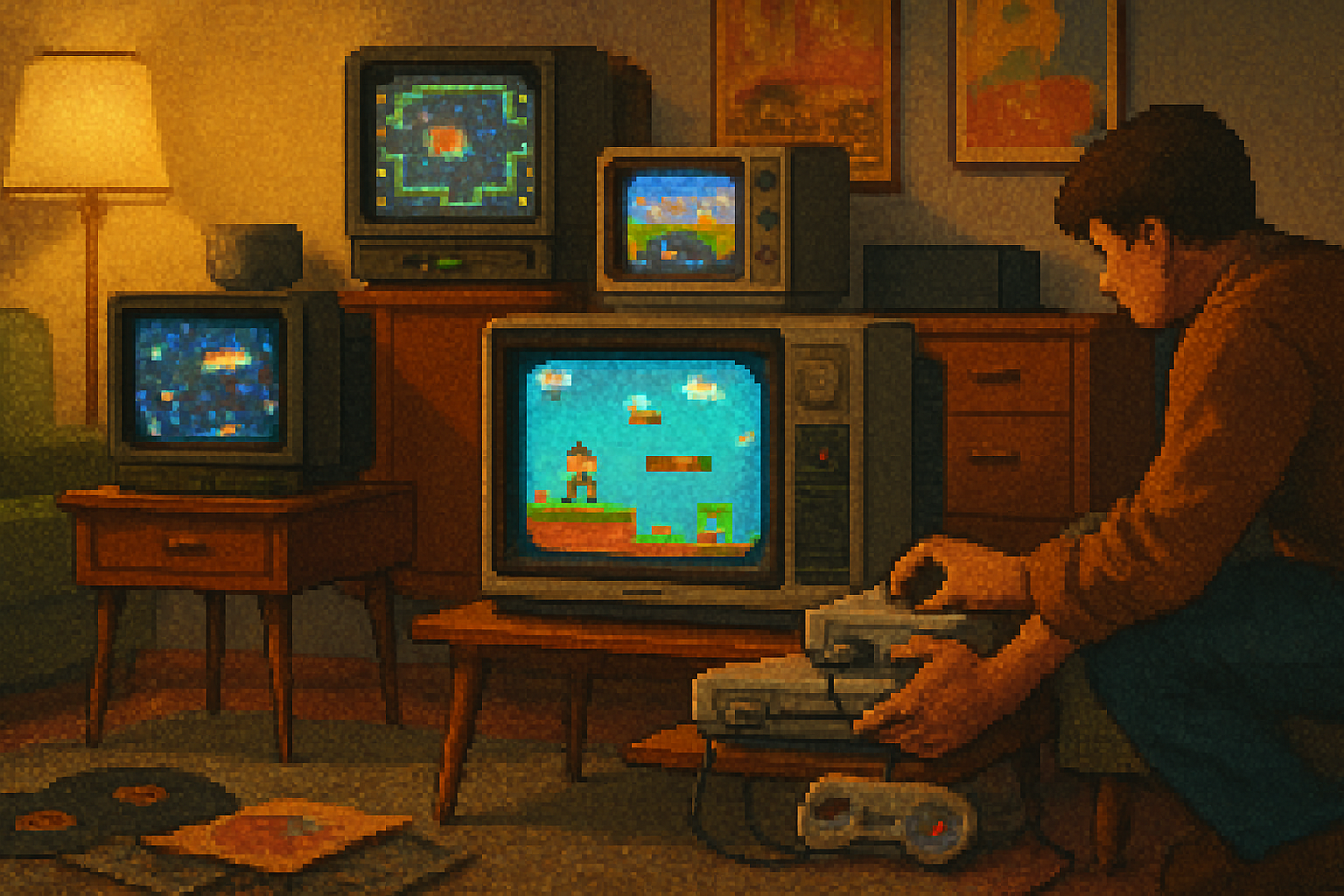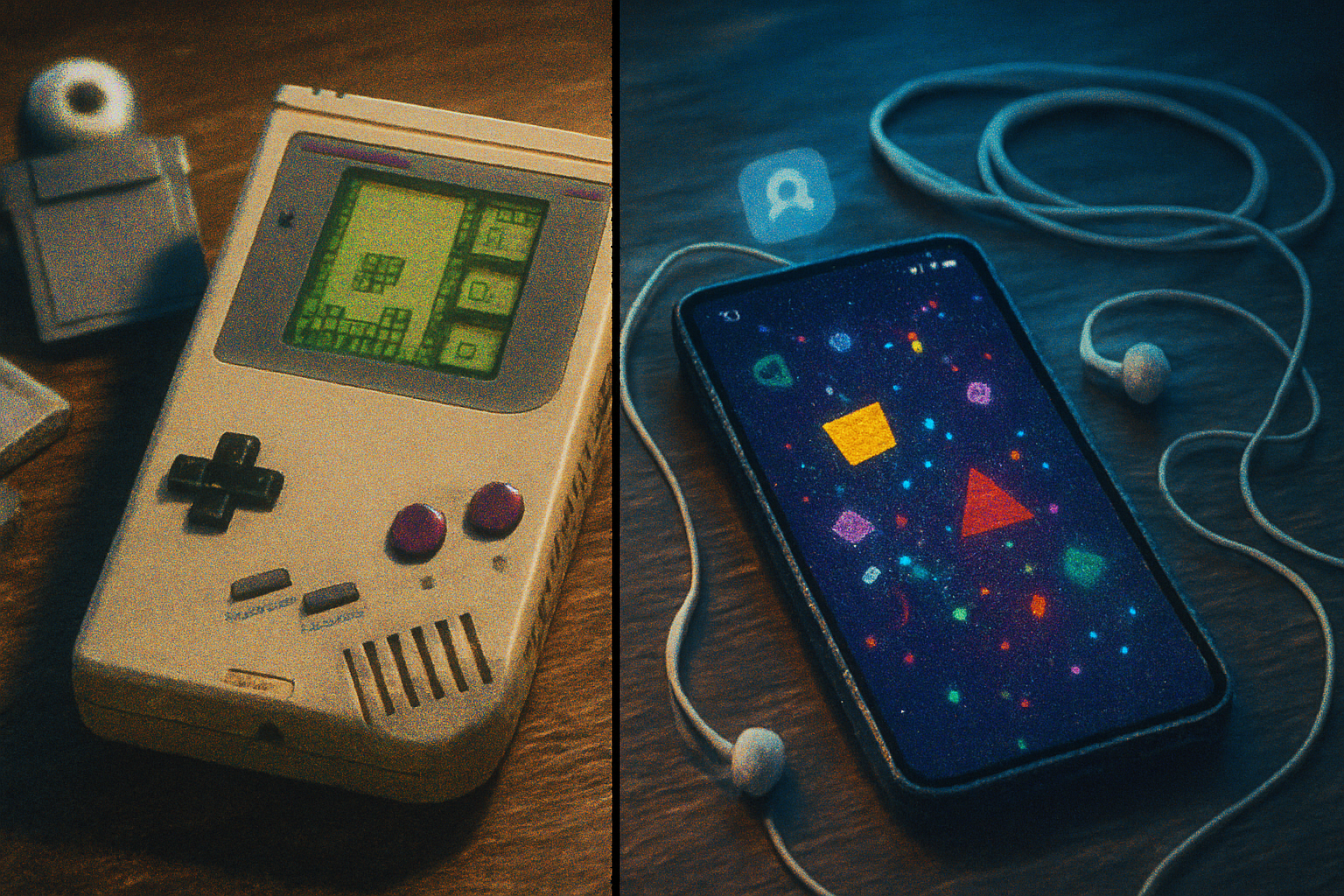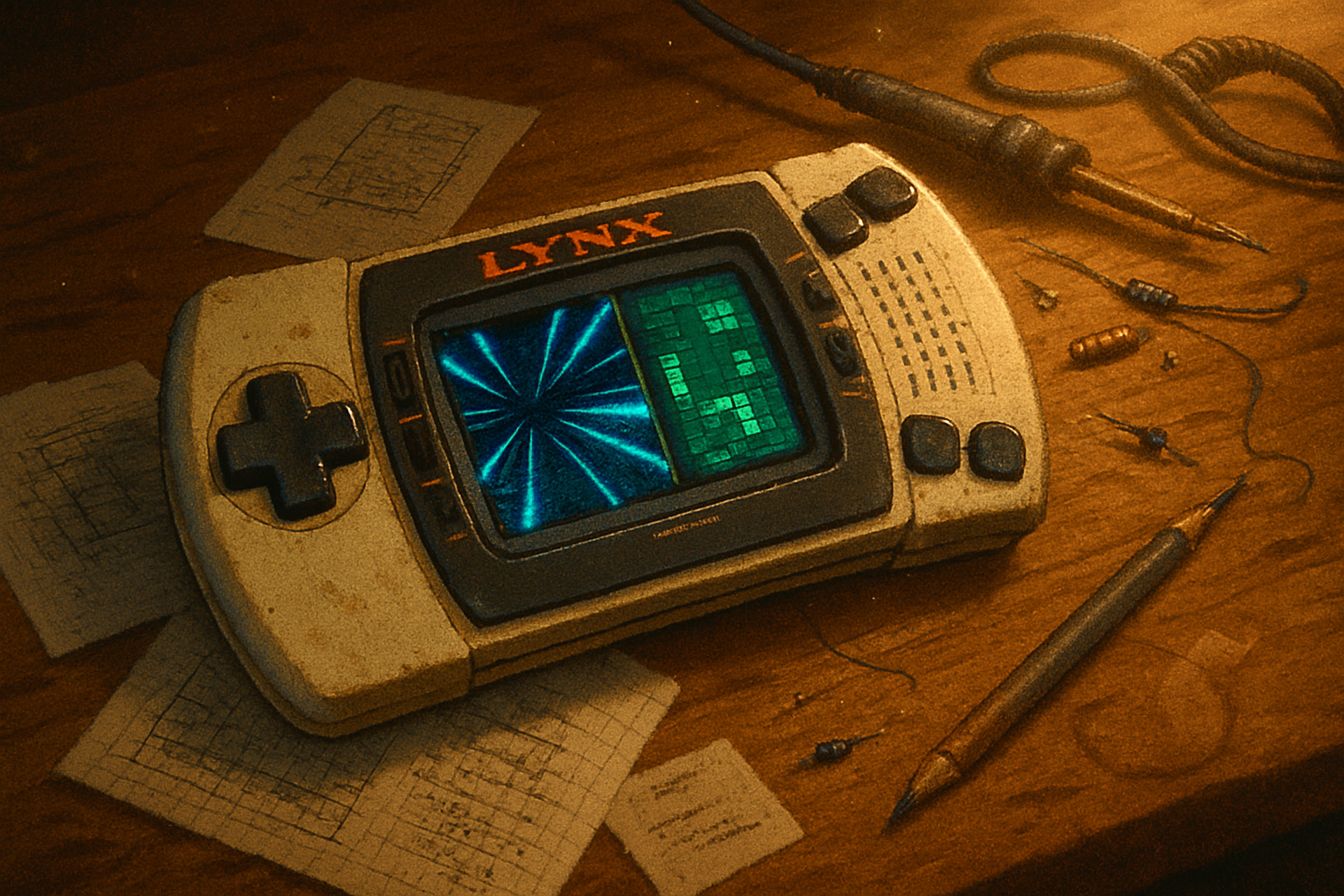· culture · 6 min read
Why CRT Monitors Are the Unsung Heroes of Nostalgia Gaming
CRT monitors don’t just display old games - they complete them. This article explains how CRTs’ analog nature, phosphor glow, scanlines, and near-zero lag produced the precise look and feel developers designed for, and why modern displays and shaders can imitate but rarely fully recreate that experience.
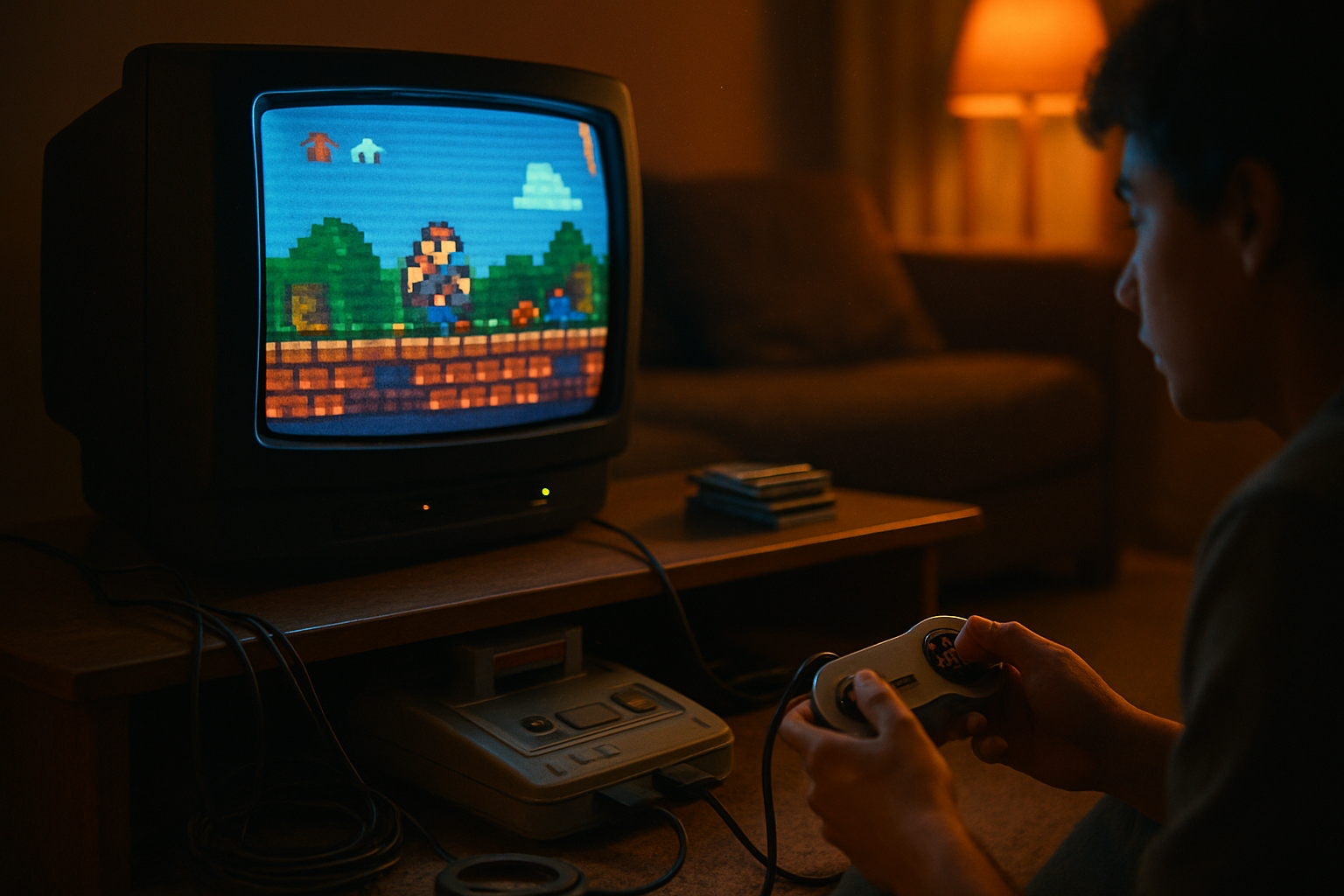
I still remember the moment: I dusted off my SNES, shoved a cartridge in, and switched it on. The room filled with a soft, warm bloom. Pixels had weight. Colors breathed. The game looked - and felt - like it had a temperature.
That feeling is not nostalgia traffic generated by marketing. It’s physics, design intention, and an entire visual ecosystem that CRTs (cathode-ray tube displays) provided for decades. Modern flat panels are better in almost every measurable way. But when you judge a retro game by the standards it was made for, CRTs are not a quaint relic - they’re the medium.
A short primer: what makes a CRT a CRT
A CRT paints an image by moving an electron beam across phosphor-coated glass. The beam excites phosphor, which emits light briefly before fading - that bloom-and-decay is crucial. Unlike modern LED/LCD panels, CRTs are analog: scanlines, continuous intensity gradations, geometry quirks, and sub-pixel blending are native features rather than artifacts to be corrected.
- How it works (easy reading): HowStuffWorks: How Cathode Ray Tubes Work
- Technical background: Cathode-ray tube - Wikipedia
The four technical reasons CRTs matter for retro gaming
- Analog color and depth - phosphor is not a pixel
Crude summary: CRTs mix color optically. An electron beam hits phosphors that glow, and your eye blends those glows. There’s no hard pixel grid forcing a “sample-and-hold” look. The result:
- Smoother gradients and fewer quantization artifacts on low-resolution content.
- Natural sub-pixel blending that softens jaggies without blurring detail.
Modern displays can emulate some of this with shaders or diffusers, but they’re always an approximation of a physical process.
- Scanlines, motion blur, and visual persistence
Phosphor persistence introduces a gentle motion blur that reduces strobing and helps fast-moving sprites remain readable. Scanlines are not a design flaw; they are a rhythm. Many classic titles used that rhythm to time motion and create illusions of speed.
- See scanline basics: Scanline - Wikipedia
- Near-zero input lag and immediate response
CRTs have effectively no frame-buffer-induced input lag: the beam draws lines in real time as the signal arrives. For fighting games, timing-critical platformers, and joystick-driven shooters, that immediacy changes how you play - not just how the game looks.
Modern displays can be very fast, and devices like the OSSC (Open Source Scan Converter) and FPGA consoles shrink the gap, but there’s an analog immediacy to CRT that remains meaningful for purists.
- OSSC: https://www.ossc.de/
- On input lag concepts: RTINGS: What is input lag?
- Resolution-independent rendering
Old consoles output low, often nonstandard resolutions and scan rates. CRTs simply accepted those signals without scaling artifacts. A 240p sprite on a CRT sits comfortably in its native scale; on an LCD it often needs integer scaling or filtering to avoid ugly blurring and shimmering.
Tools like the OSSC, Framemeister (Micomsoft XRGB), and Analogue’s FPGA devices help translate analog-era signals to modern displays while preserving timing and sharpness - but they are middlemen, not replacements.
- Analogue (FPGA consoles): https://www.analogue.co/
The aesthetics: why the brain prefers CRT-tuned games
Think of CRT characteristics as a film emulsion for games. Developers of the 1970s–1990s tuned art, animation timing, font sizes, and HUD elements with CRT bloom and scanlines in mind. Remove that medium, and proportions and contrasts shift in ways that hurt legibility and feel.
A few psychological points:
- Warmth and presence - The slight bloom and phosphor glow add a perceived warmth missing from flat, highly contrasted modern screens.
- Motion coherence - Persistence smooths temporal edges, making animations feel fluid.
- Familiarity bias - Many players have literally encoded CRT-specific cues into muscle memory - timing, hitboxes, and aim feel different on modern panels.
Modern attempts to replicate CRTs - how close do they get?
There are three main strategies:
- Hardware CRTs - the original, still unbeatable in many ways.
- FPGA/Scaler solutions - OSSC, Framemeister, and Analogue hardware preserve timing and signal fidelity; they reduce latency and present the classic image to modern displays with minimal artefacts.
- Software shaders and post-processing - emulators and shaders try to reproduce bloom, scanlines, curvature, and chromatic effects.
Each has strengths and weaknesses:
- FPGA/scalers - Excellent at preserving timing and sharpness; still require a modern display to actually render the light, so bloom and analog blending are approximated.
- Shaders - Flexible and cheap; can mimic many visual traits but often fail to reproduce subtle analog interactions like sub-pixel optical blending and true phosphor persistence.
- CRTs - Heavy, fragile, and energy-hungry - but physically reproduce the exact visual environment games were authored for.
RetroRGB provides practical comparisons and tutorials for using these tools: https://www.retrorgb.com/
The counterarguments - CRTs’ real problems
To stay honest:
- Size and weight - CRTs are bulky and heavy.
- Availability and reliability - Working units in good condition are increasingly rare; capacitors and high-voltage components fail.
- Geometric distortion - Convergence, pincushioning, and color misalignment can make setups fiddly and imperfect.
- Health and safety - High voltage, leaded glass - handle with respect.
None of these is trivial. For many people the trade-off isn’t worth it. But for a subset of players - collectors, competitive retro players, restorationists - CRTs remain essential.
Practical tips if you want the CRT experience without becoming a television historian
- Start with the right inputs - RGB (SCART) or component far outclass composite and RF. Use the cleanest analog path possible.
- Use an OSSC or a good upscaler if you need to feed a modern monitor; set integer scaling where possible to avoid blur.
- Calibrate - contrast, brightness, tint (NTSC), and degauss regularly. Convergence and geometry adjustments are often necessary.
- Beware of safety - don’t open CRTs unless you know what you’re doing. The anode can hold charge.
- If you must emulate CRT in software, layer multiple effects (scanlines, subtle bloom, chromatic aberration, slight curvature) and keep them conservative - excess is cartoonish.
A small, contrarian experiment you can run right now
Boot a pixel-perfect emulator (integer scaling, no filters), then switch on a CRT or an FPGA-upscaled output. Play a fast action sequence for one minute, then switch to a modern LCD with a shader that emulates scanlines. Note the differences:
- Which feels more readable at high speeds?
- Which lets you react faster?
- Which do you prefer purely emotionally?
If you care about retro authenticity, the answers will probably favor the CRT path or FPGA+modern-display with near-lossless scaling.
The final word - medium matters
Games of the CRT era were not just pieces of code; they were compositions meant for a particular instrument - the CRT. Like listening to jazz on a cheap MP3 and then on a well-worn vinyl, the medium changes what the art becomes.
Modern displays and clever shaders are impressive. They can be persuasive. They can be convenient. But they are reproductions, not originals.
CRTs are the unsung heroes because they do something unglamorous: they let the past be seen on its own terms. For many, that is worth the weight, the rearranging of furniture, and the occasional degauss ritual.
References
- How CRTs work: HowStuffWorks - Cathode Ray Tubes
- Background on CRTs: Cathode-ray tube - Wikipedia
- Scanlines explainer: Scanline - Wikipedia
- Input lag basics: RTINGS - What is input lag?
- OSSC (Open Source Scan Converter): https://www.ossc.de/
- FPGA and modern retro hardware: https://www.analogue.co/
- Practical guides and comparisons: https://www.retrorgb.com/
